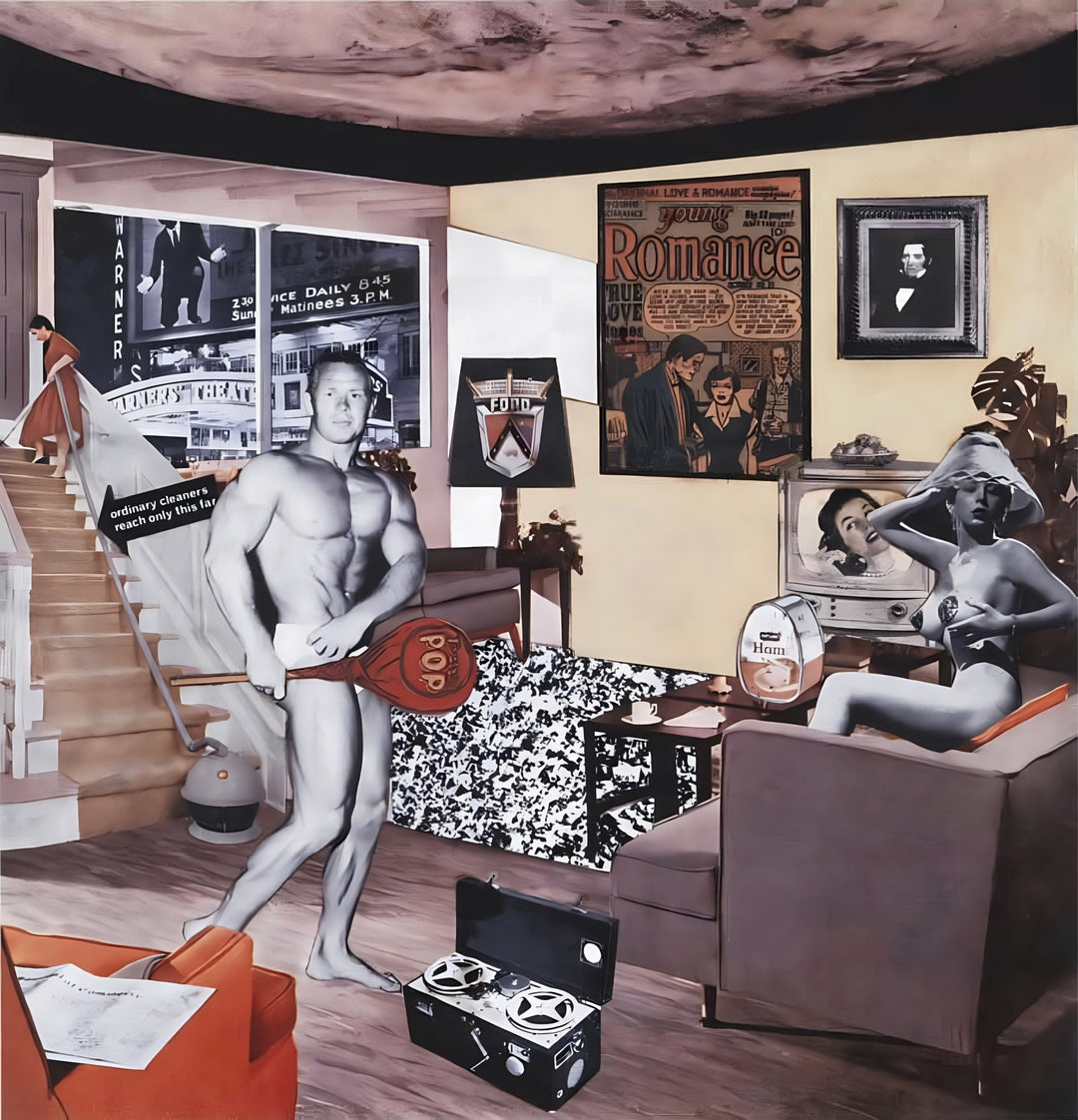
Dadaism
Dadaism, which emerged in Zurich in 1916, manifested as a radical response to the horror and irrationality of the First World War, rejecting established aesthetic and cultural norms. This movement was inspired by earlier currents such as cubism and futurism, but did so from a perspective of disdain for logic and order, instead promoting absurdity and chaos in art. One of the most notable exponents was Francis Picabia, whose work "Dance of Saint Guy" exemplifies the irreverent spirit of Dadaism, challenging artistic and cultural conventions with its provocative and humorous style.
Sophie Taeuber-Arp also contributed significantly to the movement with her abstract works and designs that oscillated between the artistic and the utilitarian, blurring the boundaries between various artistic disciplines. Among her most notable works is "Dada Head", which combines elements of sculpture and painting to create an iconic piece of Dadaism.
The impact of Dadaism extended beyond its initial borders, giving rise to movements such as surrealism, which inherited and expanded its fascination with the irrational and the dreamlike. Ultimately, Dadaism was not only an artistic revolt but also a philosophical critique of reason and social structures that, according to its protagonists, had led humanity to the disaster of war. Its legacy endures as a testament to how art can play a crucial role in contesting and questioning perceived realities.
